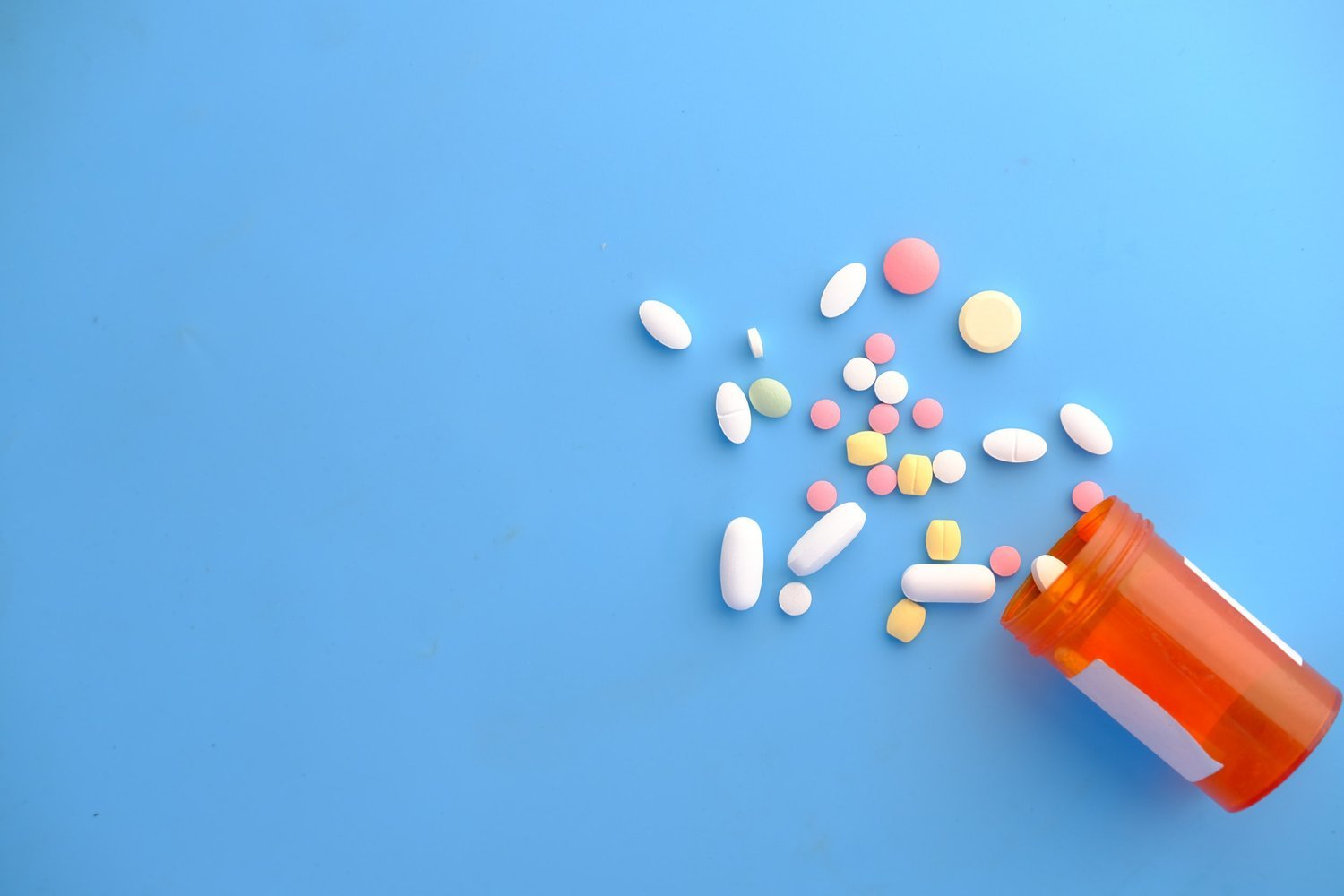Treating depression or mood disorders is not a one size fits all approach when selecting an effective treatment regimen. Antidepressant medications are highly effective but can be complex to understand from a patient perspective. In this article, we will try to effectively explain what a particular class of drugs called 2nd generation antidepressants are, and some of the key information about them that patients should know.
Neurotransmitters (NT’s) are essentially chemical messengers that your brain uses to transmit a message and thus elicit a response. There are many different NT’s but, serotonin and norepinephrine are two main types when considering common behavioral conditions such as depression, bipolar disorder, general anxiety, obsessive compulsive, post-traumatic stress, and other conditions such as; premature ejaculation, neuropathic pain and others.
Scientists began to understand the biological basis for depression in the 1940s and 1950s. This understanding resulted in what is called the Monoamine Hypothesis. This theory states that a decrease in serotonin and/or norepinephrine levels in the brain causes mood disorders. Thus, this theory has become the guiding principle behind the development of medications treating these conditions. This article discusses only how two classes of medications work by increasing the amount of their respective NT’s available in the brain.
How do these two classes of drugs work in the brain? The cells that are responsible for releasing these two NT’s, project broadly throughout the cerebral cortex and are responsible for a wide variety of the behavioral disorders such as previously mentioned. When the brain sends a message, this message is actually in the form of a NT that is released from one neuron to another. The NT will only temporarily remain available in the space between the two neurons in communication. This space is called the synapse. Finally, the NT is taken back up by the neuron, out of the synapse and recycling it for its next use. The medications described in this article, work by blocking that reuptake system of the NT’s from the synapse. This effectively allows for more NT to remain in the synapse for longer period, thus increasing the amount of message transmission. This mechanism is called reuptake inhibition and is exactly how the medications in this article work.
Serotonin particularly affects mood, cognition, neuroendocrine function, perception of pain, motor movement, and regulates some of the body’s visceral activity. While, norepinephrine affects the body’s sympathetic nervous system (fight or flight response), stress responses, pain control and neuroendocrine function. So, if a disorder is a result of a decrease in the above NT’s, then medications that perform reuptake inhibition can be used as effective therapies.
In 1987 the US Food and Drug Administration (FDA) approved the drug Fluoxetine; the first Selective Serotonin Reuptake Inhibitor (SSRI’s) and still one of the most widely prescribed medications used for treating depression.
A list of SSRI’s include: (generic name- brand name)
- Fluoxetine- Prozac, Rapiflux, Sarafem, Selfemra
- Paroxetine- Brisdelle, Paxil, Paxil CR, Pexeva
- Sertraline- Zoloft
- Citalopram- Celexa
- Escitalopram- Lexapro
- Fluvoxamine- Luvox, Luvox CR
- Vilazodone- Viibryd
These drugs are every bit as effective as their predecessors (1st generation antidepressants) but have lower adverse effect profiles and better safety in overdose situations. Because of this they have become first-line therapy for depression, and general anxiety disorder. As well as effective in treating obsessive compulsive disorder, post-traumatic stress disorder, and even premature ejaculation (because of their ability to delay or decrease orgasm).
All SSRI’s in some varying degree can cause sexual dysfunction by diminishing libido, which is the most common complaint by patients. In addition, gastrointestinal distress is also a common adverse affect; sertraline causes diarrhea, while paroxetine causes constipation.
Serotonin Syndrome is a dangerous but rare increase of serotonin levels. This occurs when an SSRI and a MAOI are concurrently administered. Symptoms of serotonin syndrome include severe hyperthermia, muscle rigidity, myoclonus and rapid fluctuations in vital signs and mental status. One should go to the emergency room immediately if these symptoms arise when taking both SSRI’s and MAOIs.
Sometimes patients will stop taking their SSRI’s abruptly, which can cause a condition called SSRI-discontinuation syndrome. Discontinuation syndrome is characterized by flu-like symptoms, dysphoria, anxiety, depersonalization, insomnia, and frank suicidality.
Thoughts of suicide. Despite being very effective and generally safe medications, the FDA requires a black box warning (most severe warning) on all antidepressants. It sounds counterintuitive, but these medications can increase thoughts of suicide in certain patient populations. Particularly within the first few weeks of starting an antidepressant regimen children, teenagers, and young adults under the age of 25, are at higher risk of having increased thoughts and behaviors of suicide. But increased risk of suicidality is not exclusive to the young, patients of all ages share in these risks. For this reason, any patient starting an antidepressant should be monitored carefully by their family, friends and/or support networks for changes in behaviors, known suicidal thoughts and/or worsening depression.
It normally takes about 4-8 weeks for SSRI’s to take effect. For this reason, patients can continue to have depressive symptoms after first starting the regimen and be more likely to discontinue use on their own.
In addition, patients have individual responses to different antidepressants and may need to try more than one SSRI to find the most effective one. So, failure of one SSRI does not indicate discontinuation of the drug, instead its best to try another SSRI until one is effective.
There is a considerable patient population that doesn’t respond well, or only partially, to SSRI’s despite being useful first-line agents for the treatment of depression. Serotonin-Norepinephrine Reuptake Inhibitors (SNRI’s) are a newer class of antidepressant that works in a similar fashion (reuptake inhibition) to that of SSRI’s, but without the high selectivity. Not only do SNRI’s block serotonin receptors, but they also target norepinephrine.
A list of SNRI’s include: (generic name- brand name)
- Venlafaxine- Effexor, Effexor XR
- Desvenlafaxine- Khedezla, Pristiq
- Dulexatine- Cymbalta, Irenka
- Milnacipran- Savella
SNRI’s, just as SSRI’s are often dose concentration-dependent, meaning there is different effects based on either a high or low dose administered. As an example; Venlafaxine and desvenlafaxine, at low doses behave like SSRI’s, but at high doses include more norepinephrine blockade giving different results in symptomology.
Article written by Lief Olson



